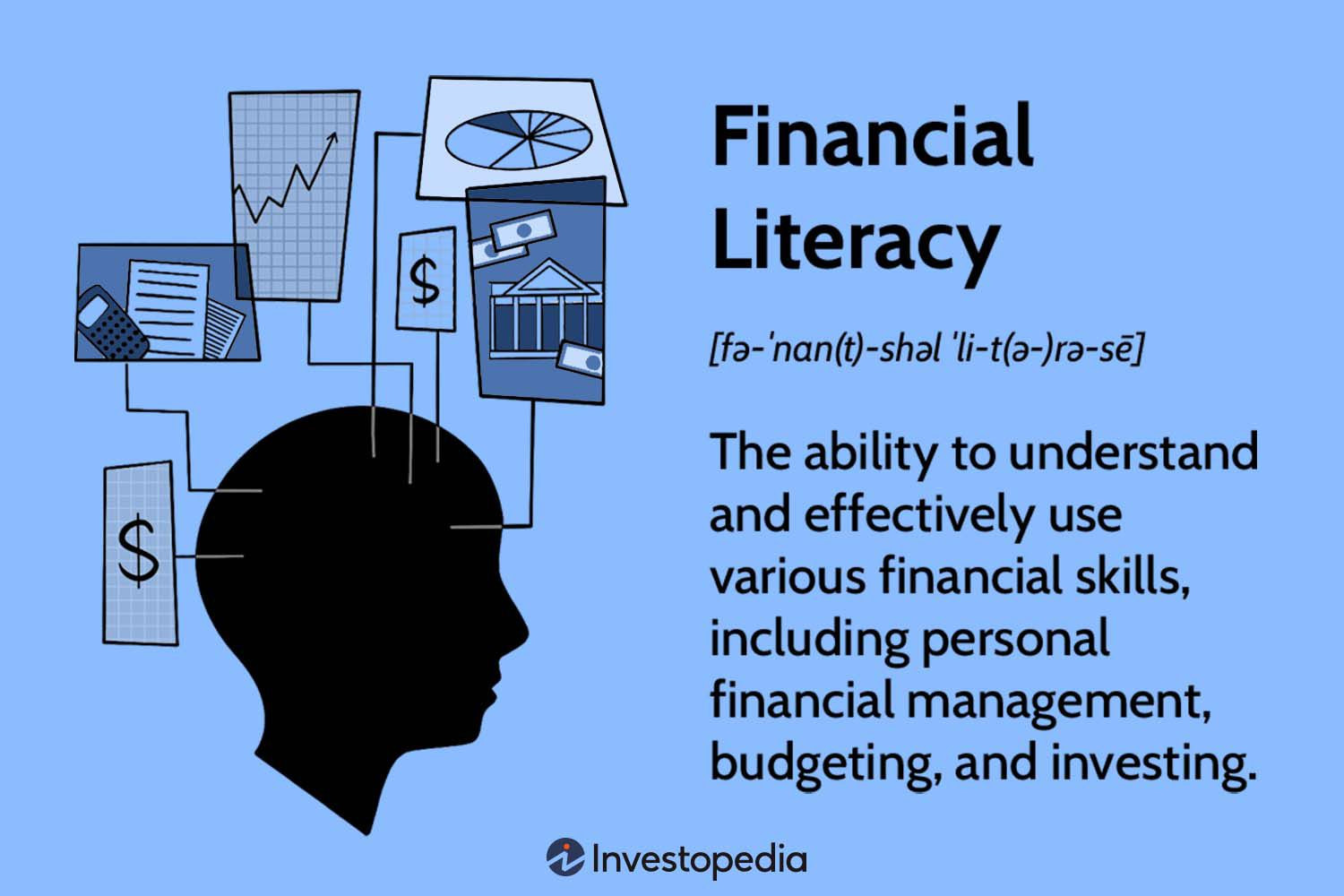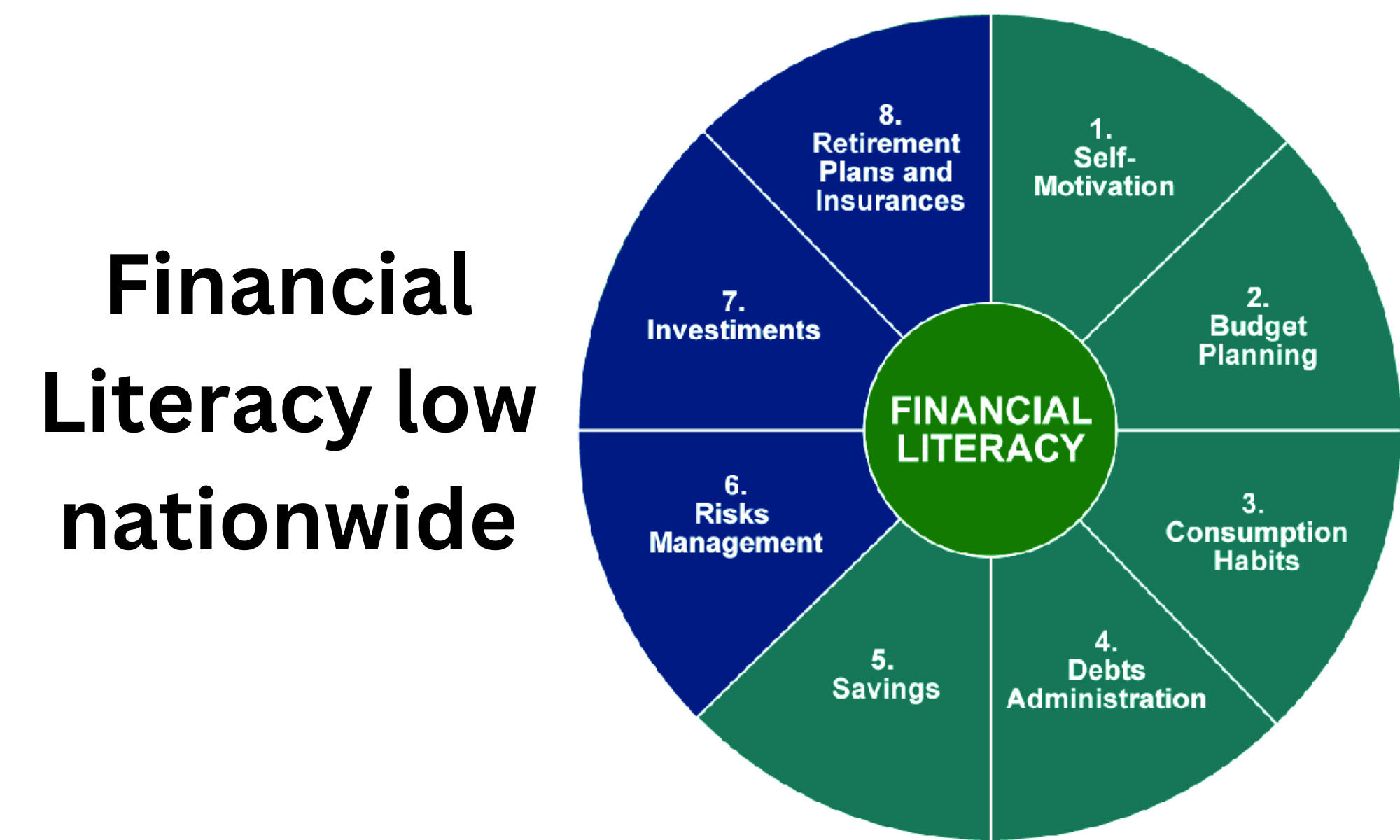A very common sight unfolding across India’s bustling cities and quiet villages alike, children, eyes glued to smartphone screens, racing fingers moving effortlessly across digital landscapes. These young digital natives, born into a world of touchscreens and instant connectivity, possess an innate understanding of technology that surpasses many adults. What if this digital prowess could be channelled toward something more profound? What if, instead of self-indulgently playing video games or chatting with friends, these devices became gateways to financial wisdom? This is not a fanciful dream but a real-life movement the country needs, an ignition of a desperately needed revolution – a revolution in financial literacy.
The True Crisis of Financial Literacy
Despite rearing in this digital age, several children and teenagers are ill-equipped in the areas of knowledge and skills for making sound decisions in their personal and professional lives regarding financial matters. This may trigger a set of bad repercussions in the future, including high levels of debt, insufficient savings, and even financial scams. The children who are impoverished in low-income families do not have the same opportunity to get a financial education and hence are more greatly affected by the crisis. This crisis can only be solved by providing accessible and engaging financial education to children to prepare them for their future- handling their finances wisely.
Game Changer
Imagine this: a world with children having their very own fintech apps. Not miniature versions of what their parents have, instead holistic financial education in bright-colored application garb. Gamify it, and instead of dry budgeting, saving, and basic investment ideas being drudges, they become adventures. Some provide virtual marketplaces in which kids can practice making purchasing decisions, balancing wants versus needs. Others offer digital piggy banks with visual growth trackers, rendering what otherwise might have been an abstract concept of savings into a hands-on experience with rewards. Some even introduce simple stock market concepts through games involving simulated investments, prepping the ground for future financial acumen. A study by ASSOCHAM in 2023 among Indian teenagers found that youngsters who used financial literacy apps regularly were 30% more likely to commence early savings habits compared to others not using similar apps. This is a vindication of the effectiveness of leveraging technology in financial education.
Dealing with the Critics
There are, of course, voices of caution. Parents and educators warned that the introduction of sensitive financial concepts too early in their lives could overwhelm children or rob them of a traditional, carefree time of life. Others worry about increased screen time or big data privacy concerns. These are valid considerations, but they overlook the rapidly changing reality of our digital world. If even street vendors accept digital payments nowadays, the question is not one of financial literacy as a luxury anymore—it’s a need.
Improving Guidance from Parents
Probably one of the most powerful aspects of such financial literacy apps is their potential for fomenting discussions about money within a family. In contrast to replacing parental advice, they enhance it by providing a common language and framework for financial conversations.
These apps facilitate discussions about family budgets, the value of work, and long-term financial planning—all things that may otherwise sound too abstract or overwhelming to comprehend. Others add features through which parents can set tasks, provide rewards, and track virtual spending and saving by their kids, making financial literacy into a family activity.
Beyond the Family: A Societal Shift
The potential for this approach, however,extends far beyond the individual household. Far-sighted schools are already making these apps part of their curriculum, awarding financial literacy the exact status given to reading and writing as a vital life skill. Fintech firms are assessing possible partnerships with such providers of education in order to take their tools to the masses.Government programs, on the other hand, can leverage this very technology to inculcate financial literacy right from schools. Imagine if financial literacy programs could engage and interact at even the remotest of villages through smartphone apps, supplementing Jan Dhan Yojana-like programs and fast-tracking India’s journey toward universal financial inclusion.
A Call to Action
This revolution will therefore need a combined effort from all sectors of society if it has to take root and flourish. Parents are required to appreciate what financial literacy is and embrace these new tools. It calls upon educators to keep fighting for the implementation of financial education in schools’ curricula. Policymakers are required to create an enabling environment through incentives for fintech companies-developing education tools or by including digital financial literacy components in national education policies.
Raising the next generation to be financially literate is essential for their future well-being. By leveraging technology and incorporating financial education into their daily lives, parents can equip their children with the skills they need to navigate the complex financial landscape of the digital age. The combination of tech-driven tools and parental guidance can ensure that today’s children grow up to be financially savvy, responsible, and prepared for the financial challenges of tomorrow.
(The author is Chief Executive Officer & Founder, LEO1)
© 2024 Hyderabad Media House Limited/The Hans India. All rights reserved. Powered by hocalwire.com



















